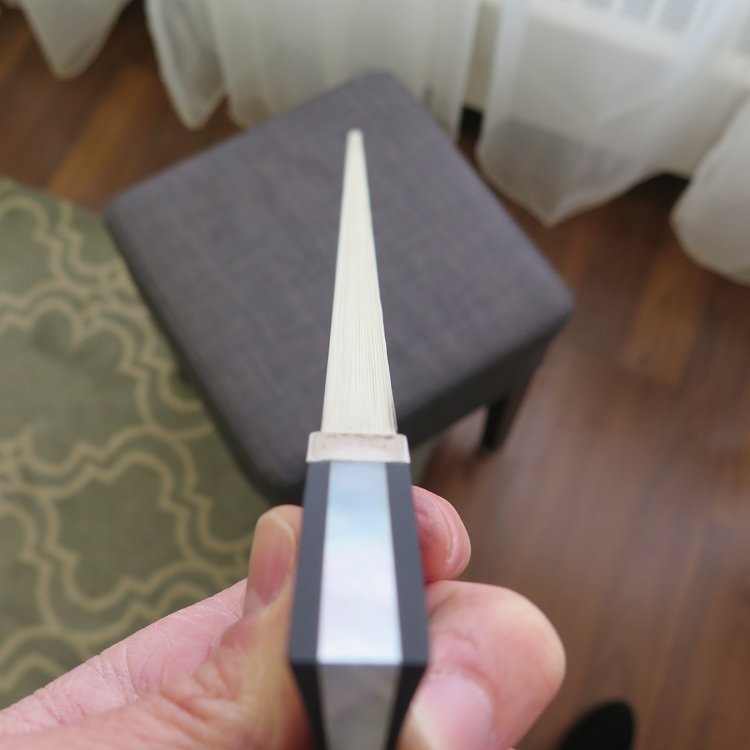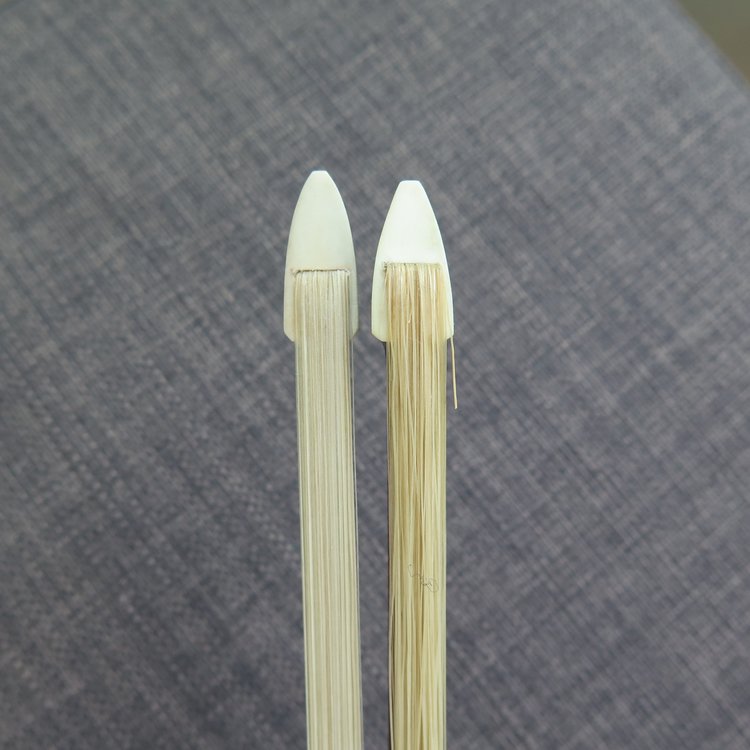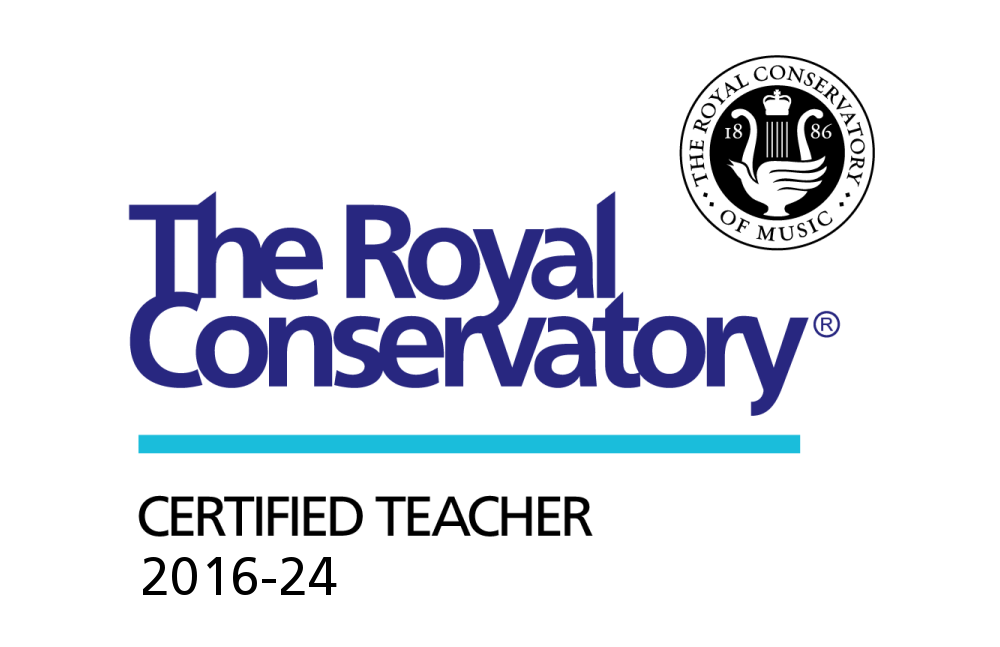Frequently Asked Questions: Bow Edition
/This month’s blog brings another edition of frequently asked question. This time I wanted to focus on a few questions I am often asked about bow care and maintenance.


Q. How often should I rosin my bow, and how do I tell when it needs rosin?
A. The answer to this question depends on how often you play your violin. I typically tell my beginning students to rosin their bows one to two times a week. More advanced students will most likely want to rosin their bows more frequently. To answer the second part of the question; if you are a more advanced player, you will be able to tell by how the bow responds on the string whether you need more rosin or not. For less experienced players, I suggested to hold the bow and look directly down the bow hair. If the bow hair appears yellow (generally the middle portion of the bow hair where you play most will appear yellow in colour) it is a good indicator you need more rosin. Rosin will appear white on your bow hair, so if you look at your bow hair and it is all white, you probably have enough rosin.
Q. How much should I tighten my bow?
A. The answer to this question also depends on the player. Generally if you are a more experienced player you will tighten your bow to your own personal taste. For beginning players I suggest the finger rule. I tell my students to tighten their bows until they are able to place their pointer finger in-between the stick and the bow hair. It is best to avoid over tightening the bow, as this can lead to stretching out your bow hair, or even warping the stick of your bow. In addition to being damaging to the bow itself, and overly tight bow will have an extremely bouncy response under your hand, making it difficult to play.
Q. Why is it bad to touch the bow hair with my hands?
A. Bow hair is the actual hair from the tail of a horse, so just like the hair you find on your head, it will absorb dirt and oil. The difference is, that you are able to wash your hair everyday to remove dirt and oil, but there is no way to wash bow hair once it has been placed on the bow. As a result, if you touch your bow hair, and it gets dirty you will need to have your bow re-haired more often in order for it to be useful and produce a decent sound.
Q. One of the hairs on my bow broke . . . what should I do?
A. It is completely normal for bow hairs to break on occasion. It’s only a matter of serious concern if you start to loose or break a significant amount of bow hair at one time. If you have a broken bow hair you can take a pair of fingernail clippers and trim the broken bow hair off close to the frog or tip of the bow where the hair is attached.
Q. When should I have my bow re-haired?
A. The answer to this question is also a matter of personal preference. More advanced players will have their bows re-haired several times a year, however younger students could go over a year without needing to have their bow re-haired. If your bow hair becomes stretched out, (you can no longer make it taut by tightening the bow), it becomes too dirty, or it no longer grips the string- even with rosin, it is most likely time to have your bow re-haired.






